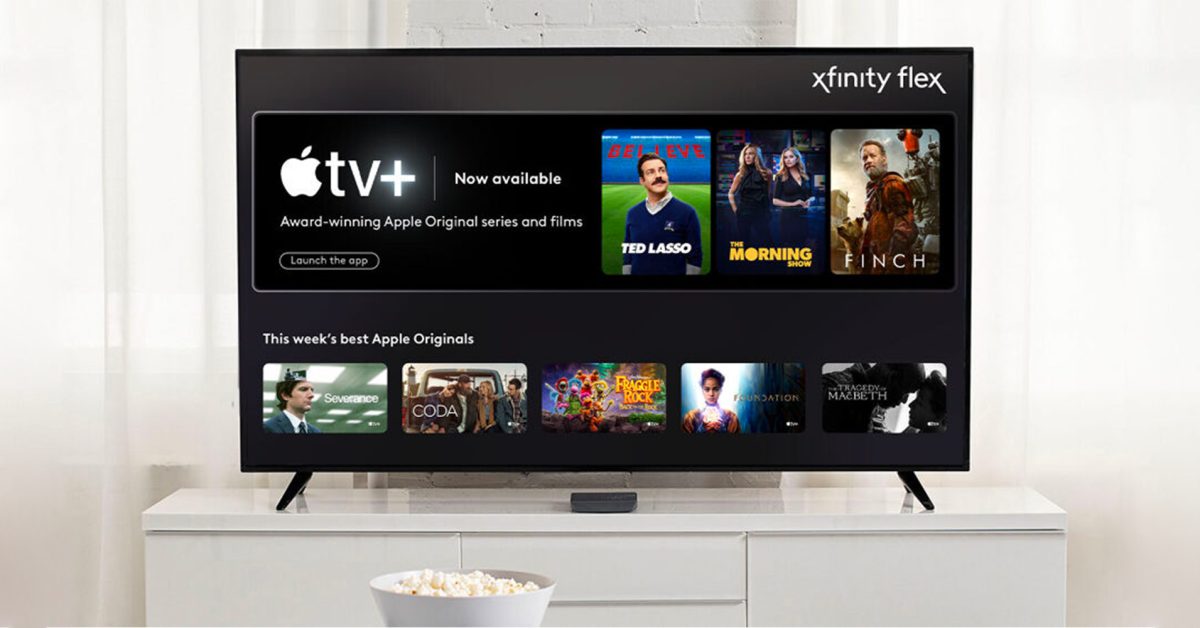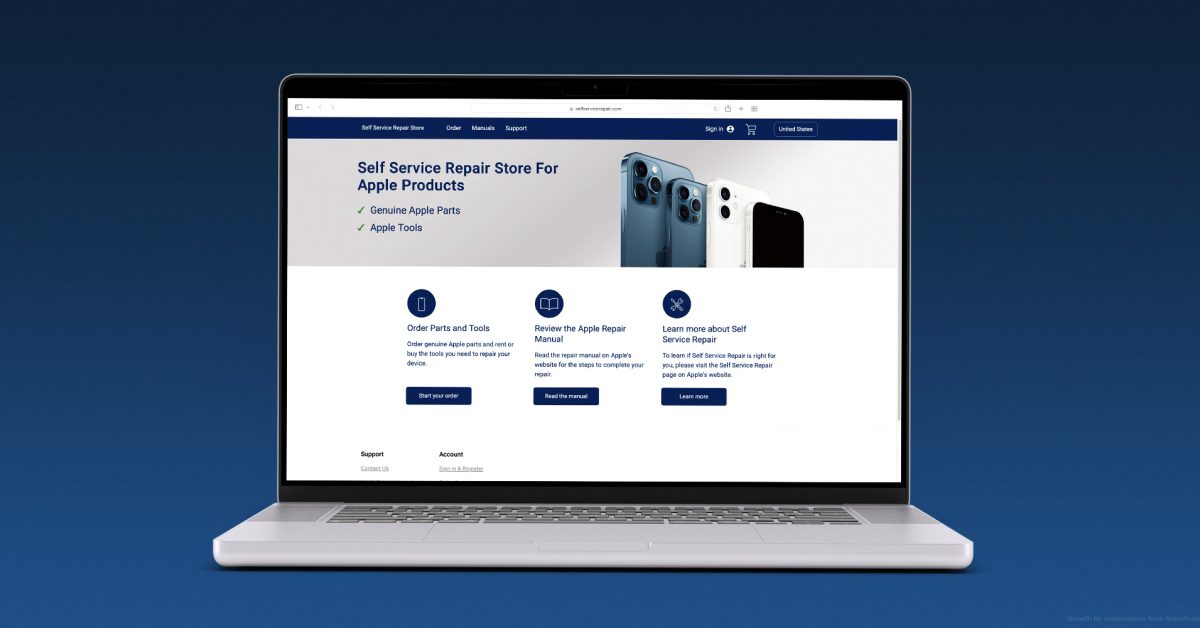The world of The Iron Oath is grim, full of bloodshed and betrayal. I am leading a company of mercenaries, seeking revenge after a mission went bad and a man I trusted left me to die. I have practical concerns to deal with, like maintaining my influx of gold and supplies. But I also have a much slower, more dreadful resource to manage: the passage of time, and with it, the terrible toll it takes on my mercenaries. I have already discovered the best way for me to adapt — being the worst person all the time.
The Iron Oath will be, in some ways, very familiar to fans of strategy games and RPGs. Take a little Darkest Dungeon , and add some XCOM. Finally, sprinkle some Divinity. Original Sin .. You can cook it in one pan. Add some beautiful pixel animations and an epic music score. Then add the imaginative demonic enemy designs and you have a delicious stew.
As I adventure around the fantasy realm of Caelum, I have to navigate between the open world, cities and towns, dungeons, and individual battles. It would be easy for these things to blur together into an indistinguishable mush of numbers and goals, but developer Curious Panda Games introduces each layer of complexity gradually throughout a well-paced tutorial and the early hours of the campaign. You can choose between a relaxing, easy-going adventure or a difficult trek through dangerous territory. The Iron Oath has both.
:no_upscale()/cdn.vox-cdn.com/uploads/chorus_asset/file/23420249/ss_f0e7aa192fdd913c9c95c8bea7cb9f7ba74eafcd.jpg)
Image: Curious Panda Games/Humble Games
The game provides me with the tools I need to survive in this hostile world. My mercenaries include powerful rangers and warriors as well as elementalists and wizards. The feeling of unleashing an electric torrent against your enemy is incredibly satisfying. Or watching a valkyrie fly through the enemies spear first. After I had completed the intro, and was able to enter the world with my mercenary group, I felt confident I could catch the evil ne’er-do well who had stabbed me in back. I wanted to get my revenge.
Of course, it’s not always that easy. So my story evolved as I encountered other factions and explored new places, while expanding my business. Although this is an early access title, there are still plenty of good things. Players can upgrade and customize each mercenary in their party, and send their favorites out on more missions for XP. The drawback is that the more you lean on a select few mercenaries, the more stressed and injured they become. Relying too much on them might cause their to snap. Failure to address their injuries could cause them to die. This is just like Darkest Dungeon ,. It’s a tough gig. Although my company occasionally gets a round, they are more likely to be treated for skull fractures and trauma.
And even if you do everything “right,” the clock is ticking, as it is for us all. It isn’t like a Fire Emblem title in which everyone stays rosy-cheeked, bright-eyed. There are always new mercenaries to recruit, level up, and customize, and I can upgrade my company to make managing the crew easier … but as I juggle gold and potions, I learn to start treating human life with the same cold practicality. These aren’t my comrades — they’re investments.
:no_upscale()/cdn.vox-cdn.com/uploads/chorus_asset/file/23420252/ss_7588f249ebd8147ca4cc729ced465f02cabb0311.jpg)
Image: Curious Panda Games/Humble Games
This is particularly true during battles. The Iron Oath shines in this area. A dungeon gives me a clear overview. It is possible to scout out the area, find traps and then explore. When combat happens, we get right to business; my four mercenaries are placed on a grid along with some enemies. I then decide my initial placement, and the strategy begins. Cover, flanking and position are important. The enemy has powerful damage abilities and debuffs which can create chaos. If I do not plan for it, they will. My powerful spells and attacks also have limited charges for the duration of the dungeon, which means I have to ration across many battles.
This constant tension of resource management, limited supplies, and continual danger means that I sometimes have to make some rough choices — choices that my mercenaries will have thoughts about. In the darkest dungeons, I come across an injured man. While I could help the man, it would give my enemies time to create traps or ambushes. I can give him some of my precious medical supplies so he can escape on his own. You could also kill him and take his body. This might upset some of my mercenaries but it will be fine with others. Giving away health potions to strangers? In this economy?
:no_upscale()/cdn.vox-cdn.com/uploads/chorus_asset/file/23420257/ss_05a9e185accad5db3f2389304adbd0f0b035000f.jpg)
Image: Curious Panda Games/Humble Games
If I make too many choices that my mercenaries don’t like (or if I don’t pay them because I just had to spend all of my gold on gear) they’ll leave the company altogether. An angry, exhausted mercenary can also be less effective in combat, leading to a downward spiral in morale, as their friends get hurt or die, and that could lead to a decrease in effectiveness.
The UI was my biggest problem during my time working with The Iron Oath . It’s a collection of little annoyances that don’t seem to matter individually, but they pile up over time. For instance, during battles, there’s no easy way to see my characters’ health at a glance as I survey the battle. The red shadow on their portraits is indicative of their HP loss. I also have the option to hover over the characters with my cursor and get full names and health bars. However, neither one of these options are very helpful when trying to find out the terrain and enemy information, as well as worrying about what happens to the rest of the dungeon. At other times, I accidentally closed out of upgrade screens, and it took me a while to find them again. None of these are deal breakers (especially in an early access game) but they’re bummers nonetheless.
Overall, I’m excited to see how The Iron Oath develops; Curious Panda Games has already laid out a road map throughout 2022 leading to an eventual full release that includes a new class, more points of interest, and more quests. For now, I’m having a lot of fun with the current build — my mercenaries, on the other hand, probably have some complaints with my management style.
The Iron Oath was released on April 19 on Windows PC. The game was reviewed using a download code provided by Humble Games. Vox Media has affiliate partnerships. These do not influence editorial content, though Vox Media may earn commissions for products purchased via affiliate links. You can find additional information about Polygon’s ethics policy here.
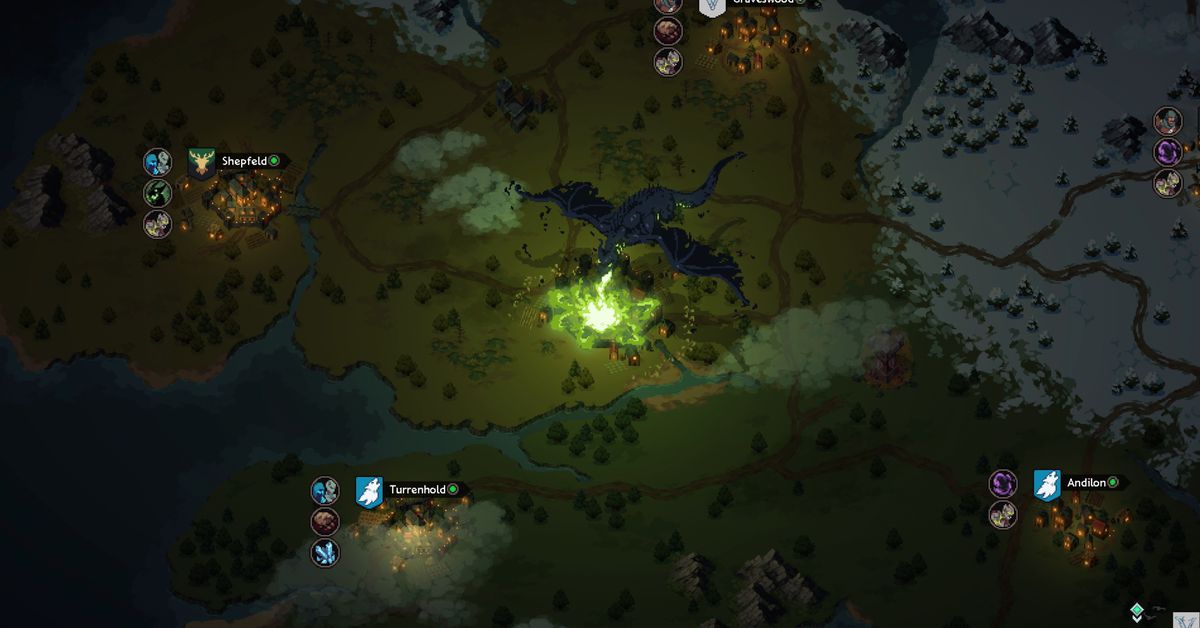

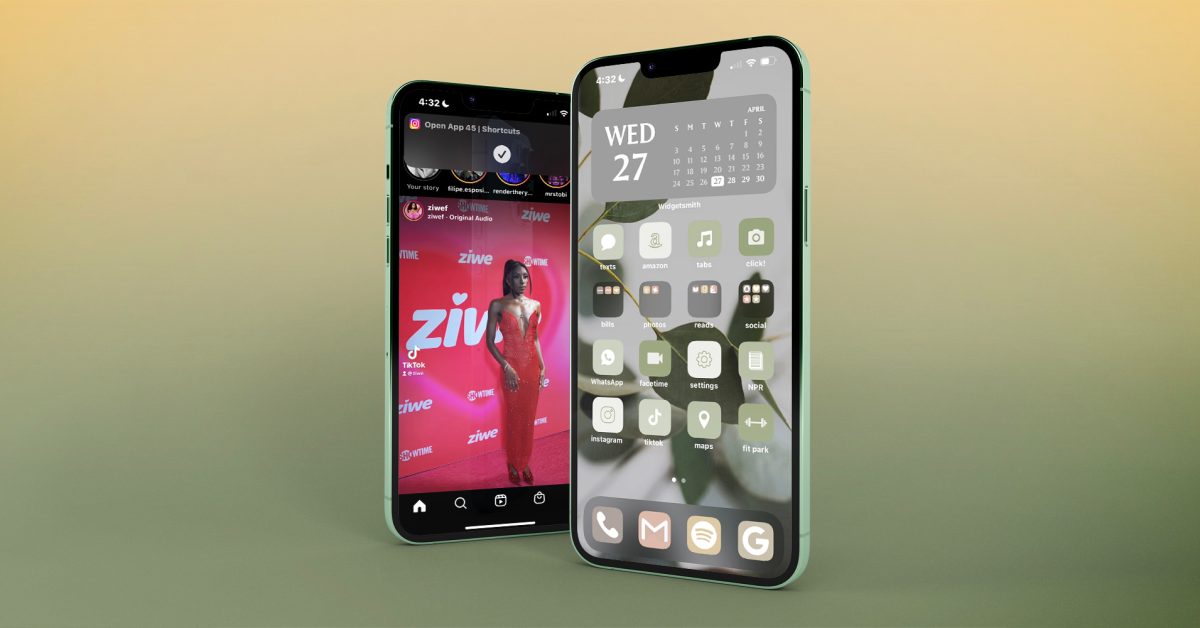


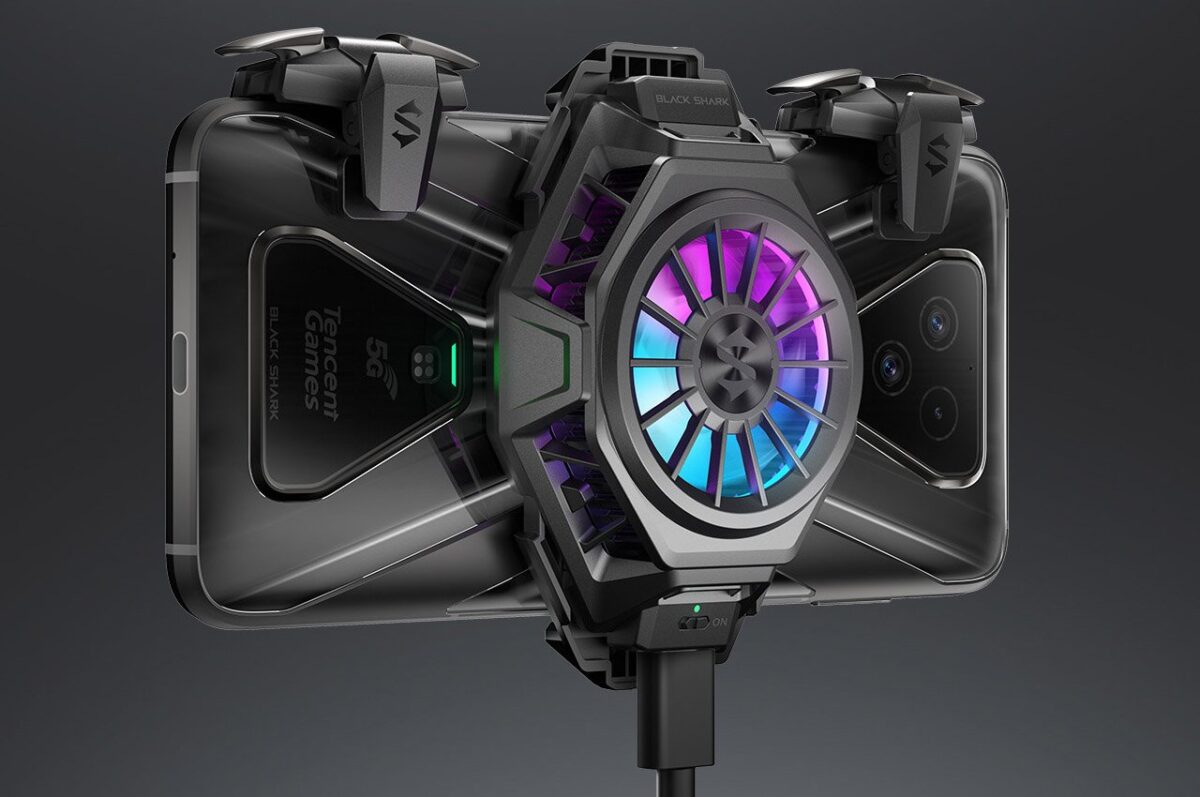
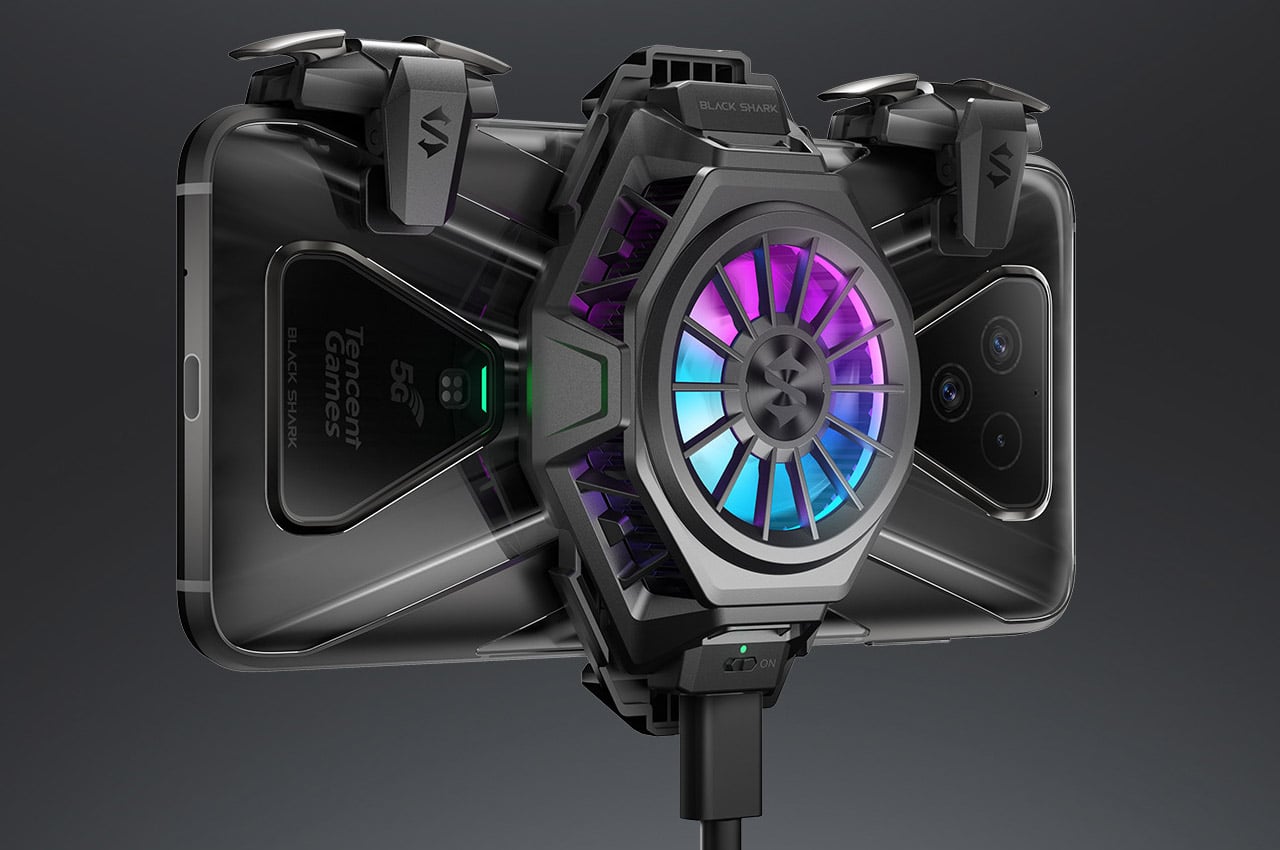

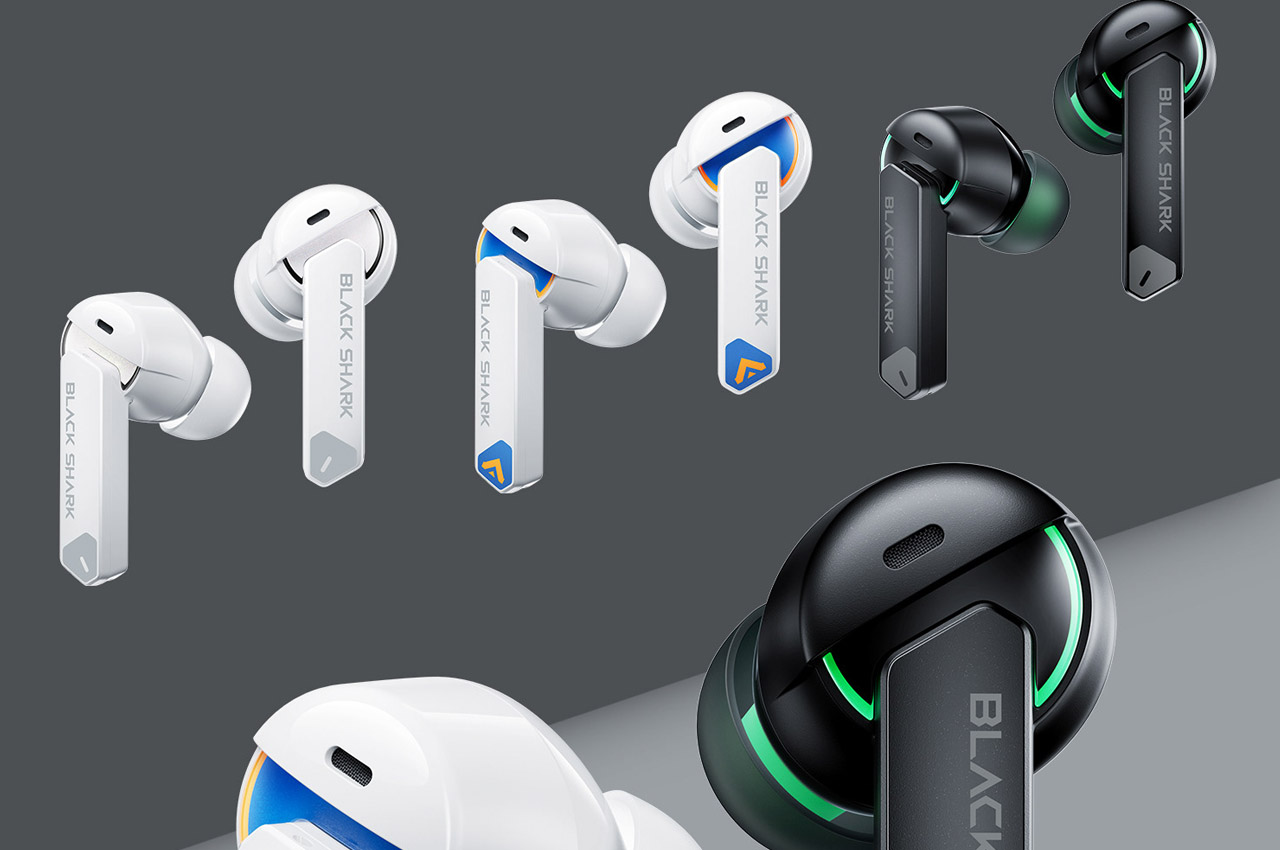



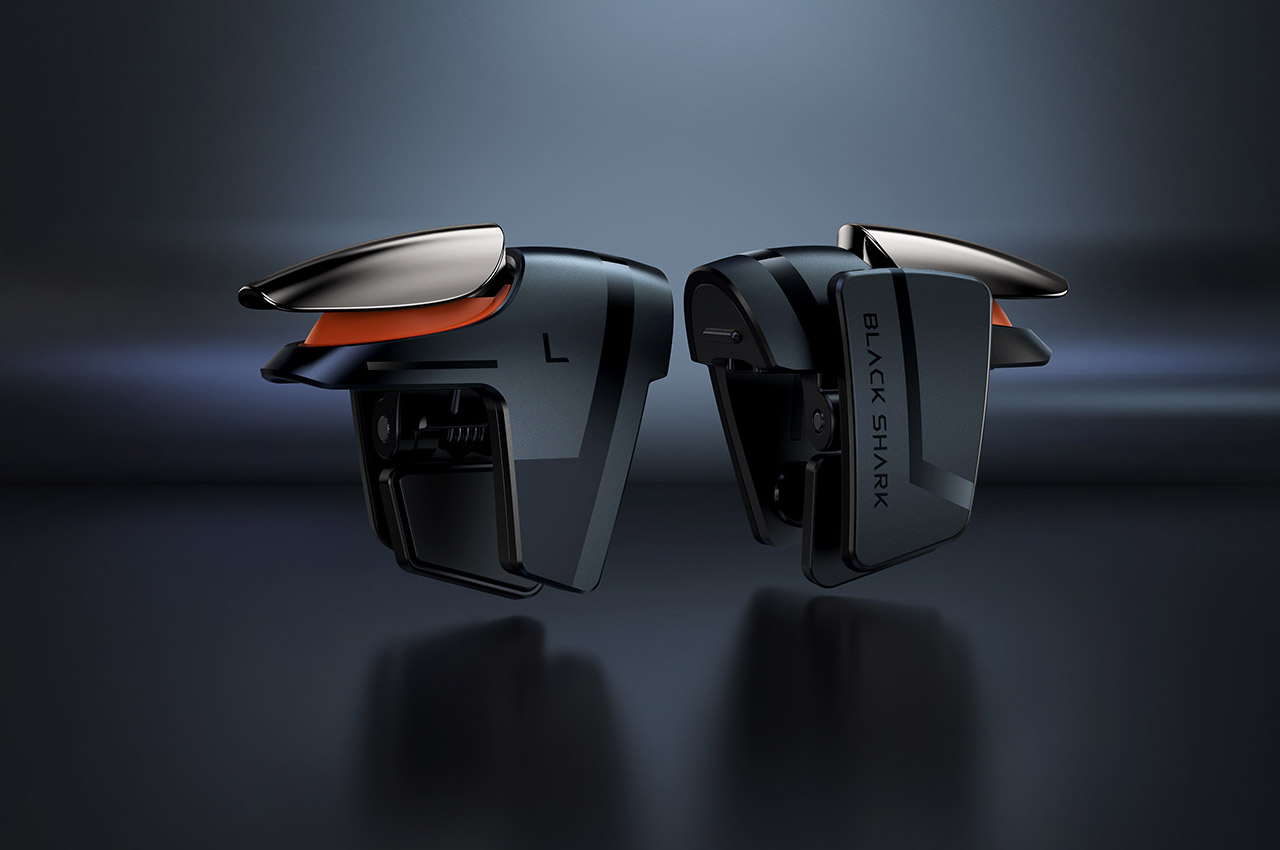
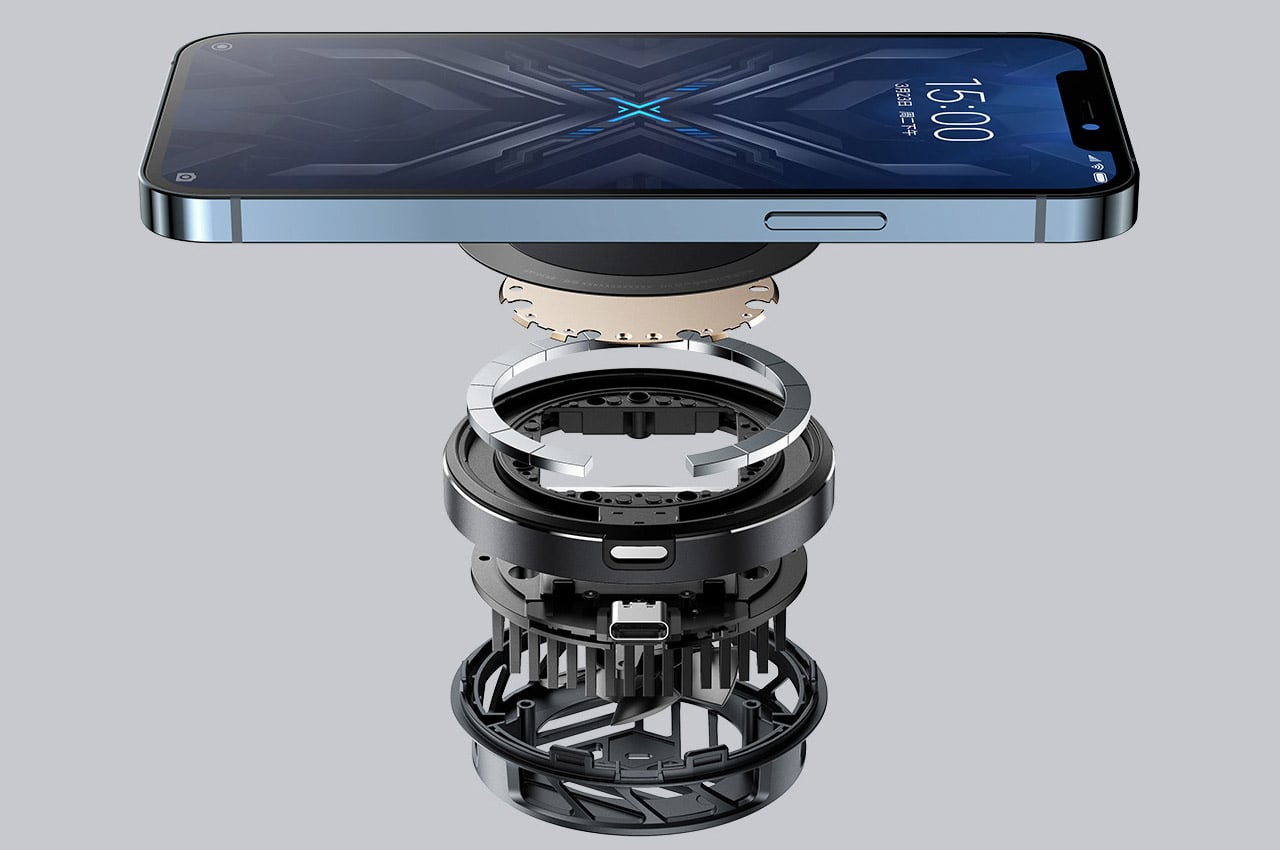
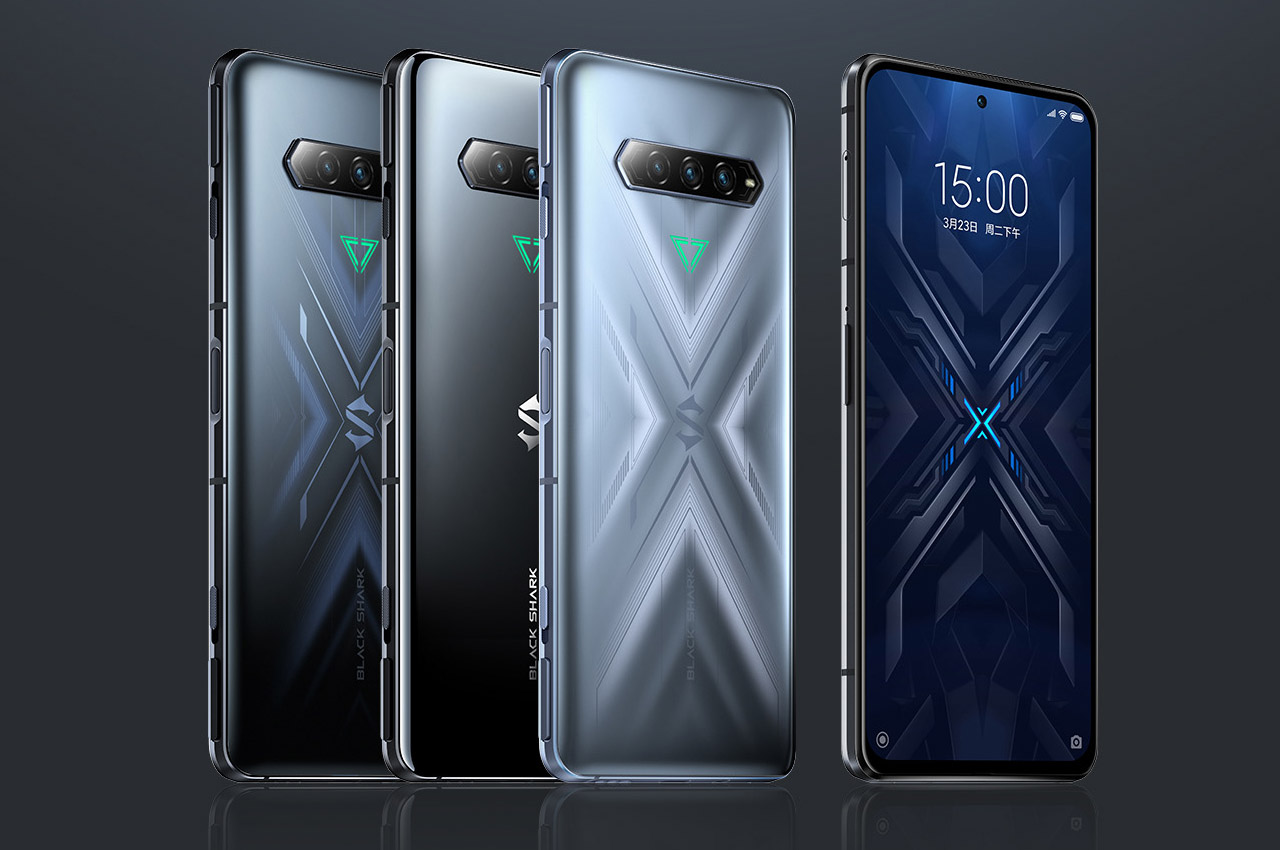
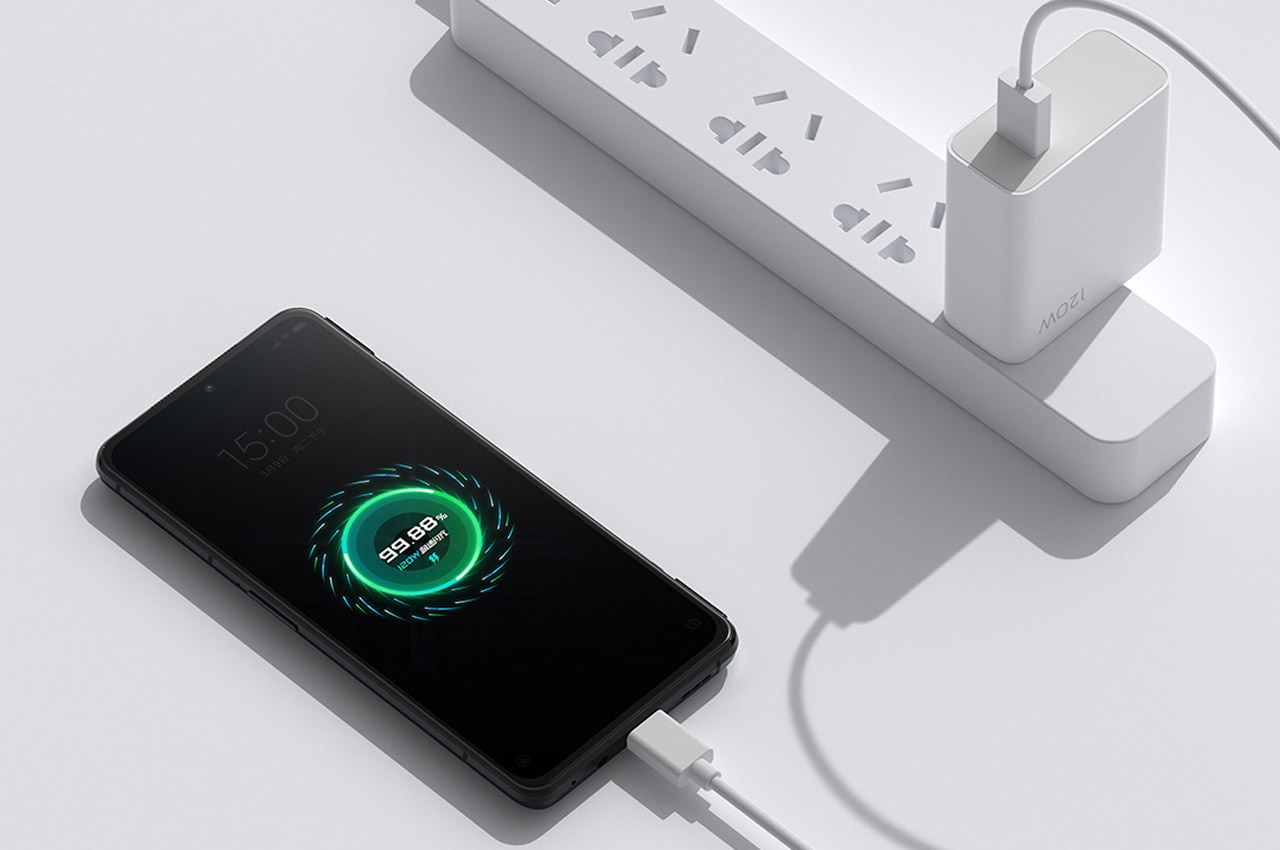
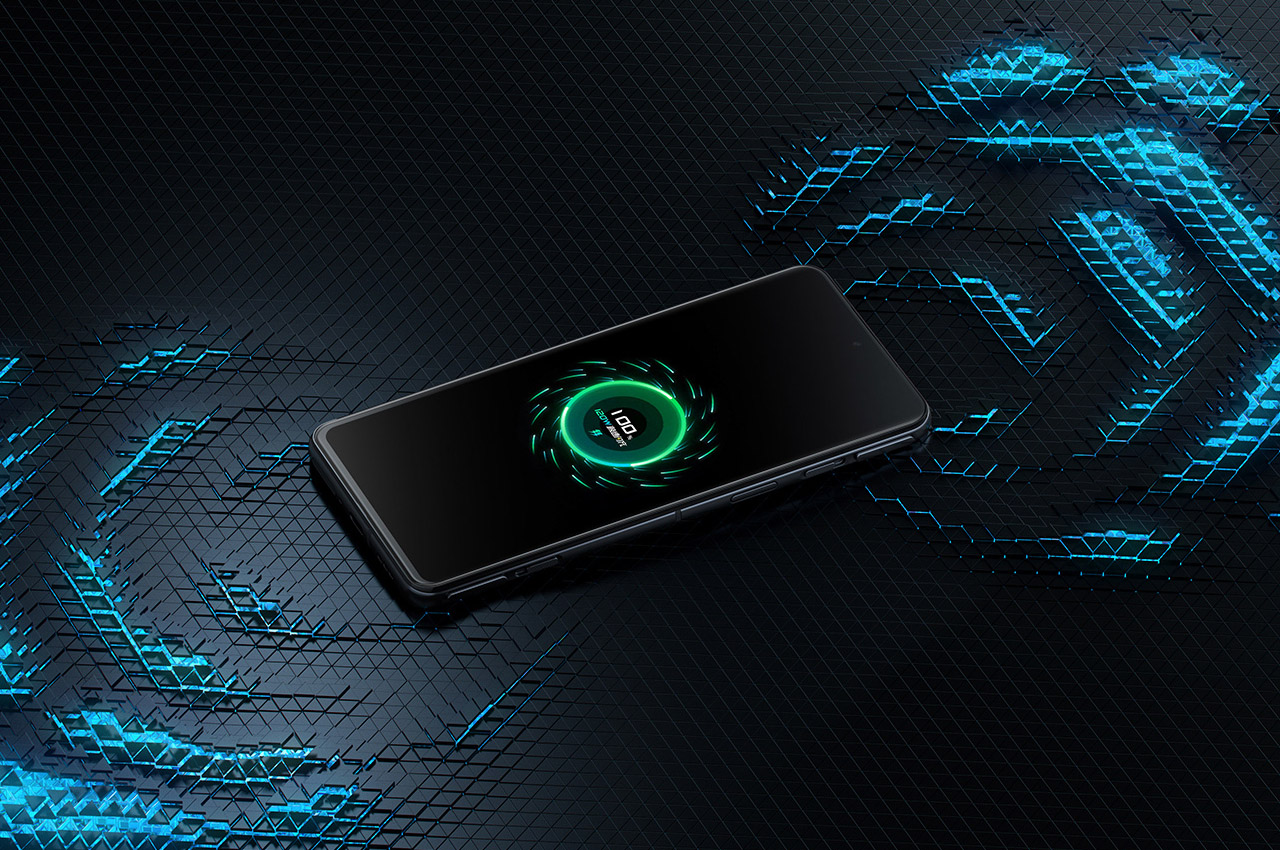



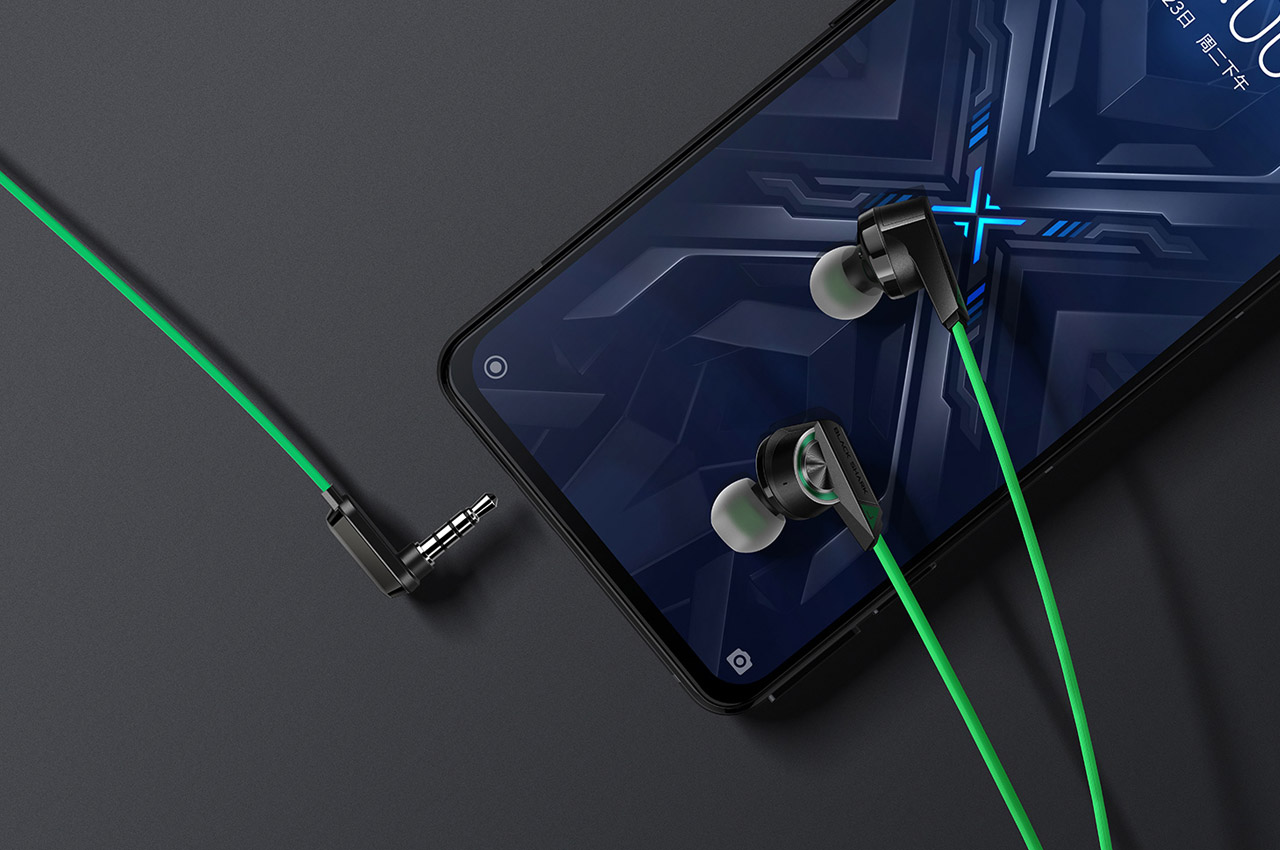
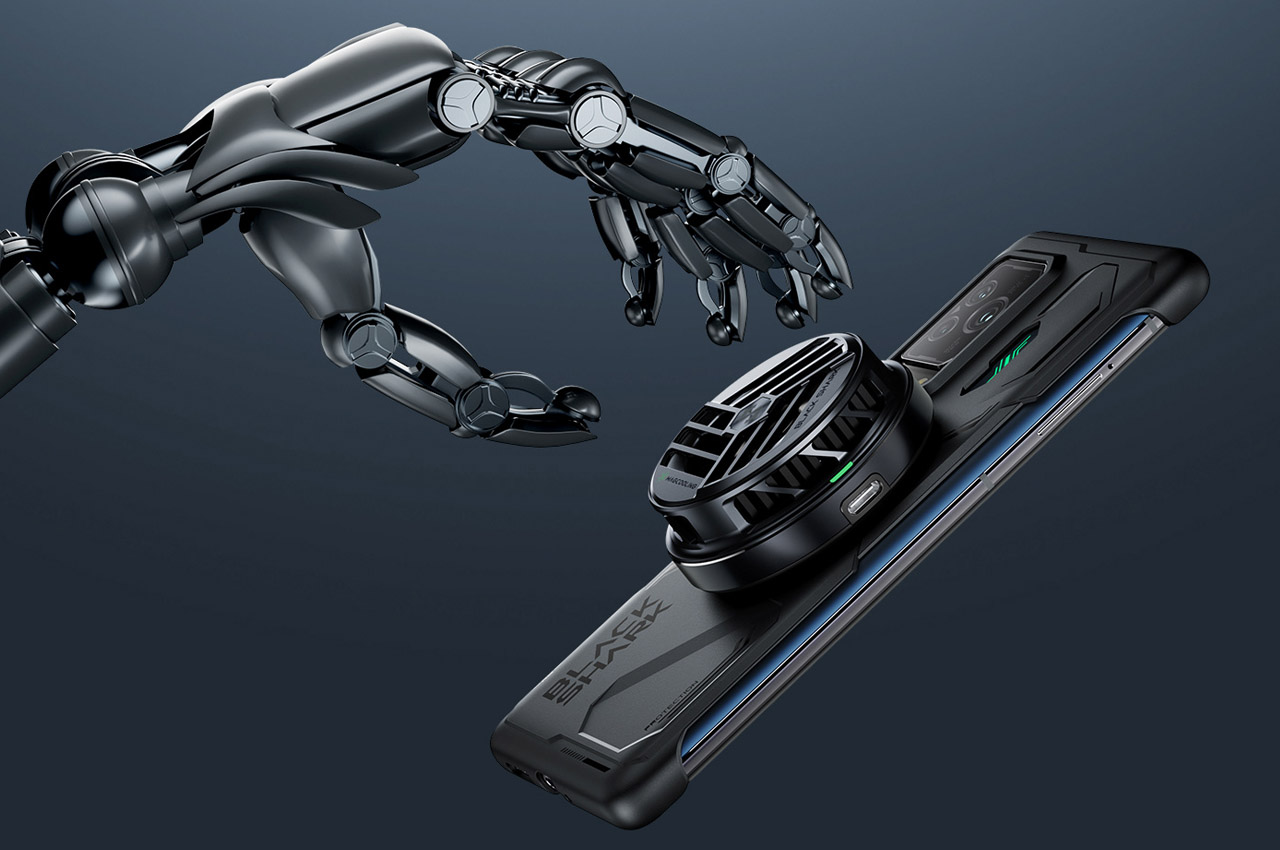


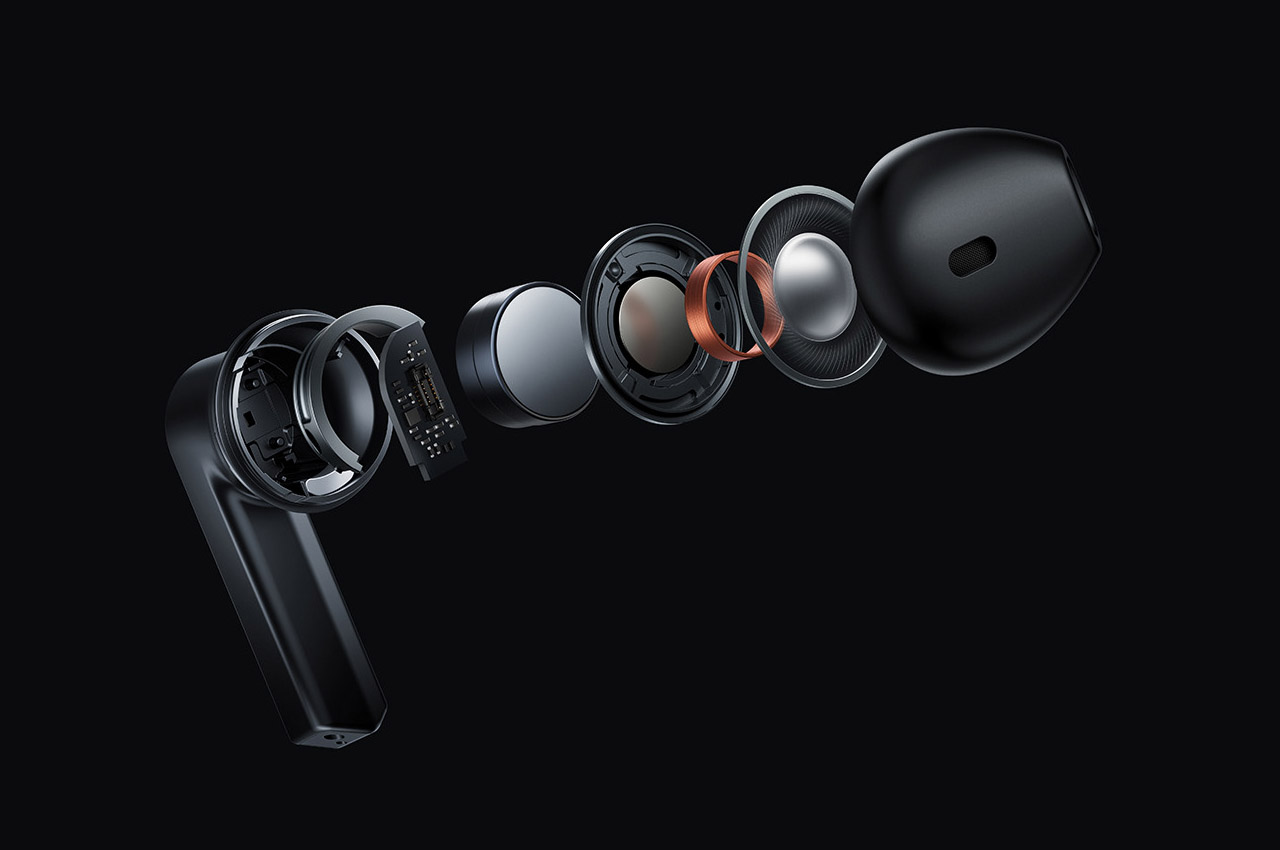
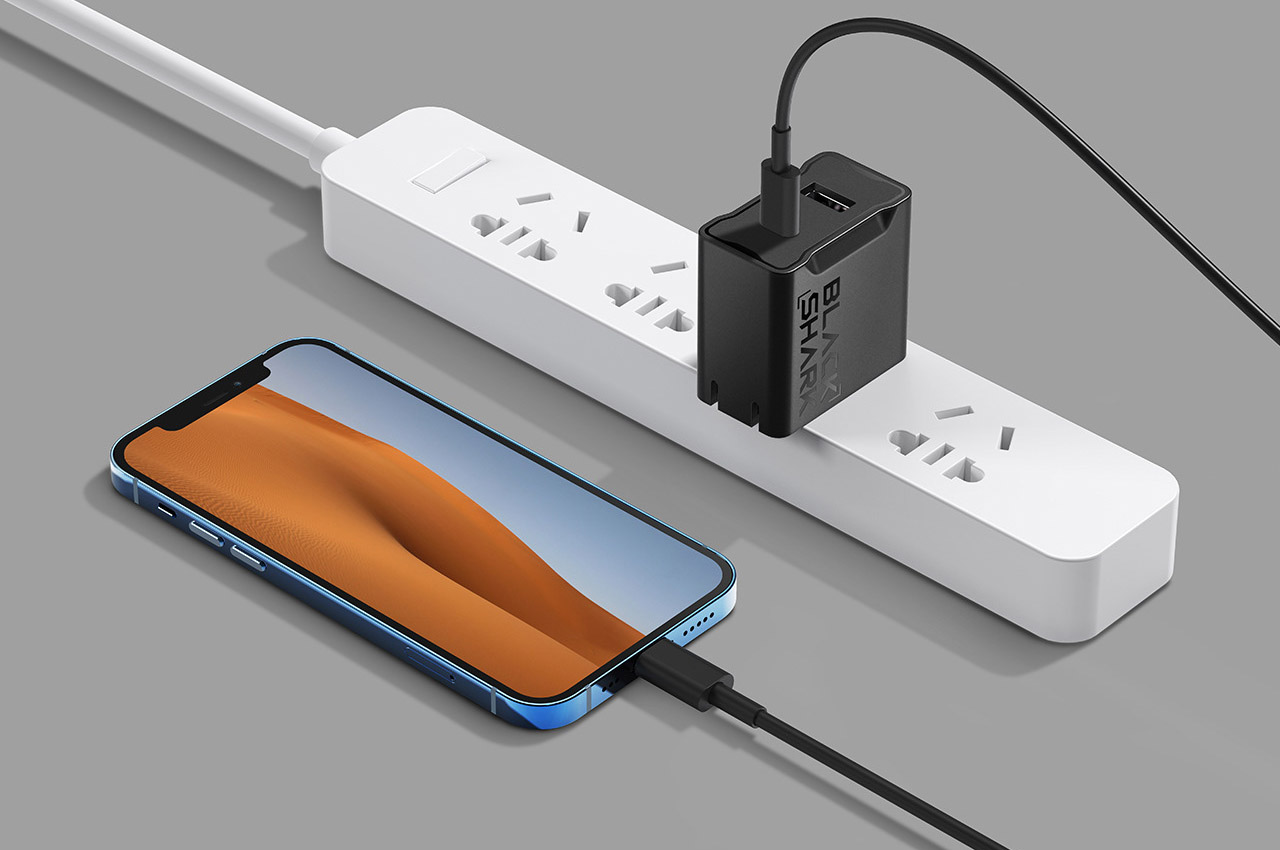


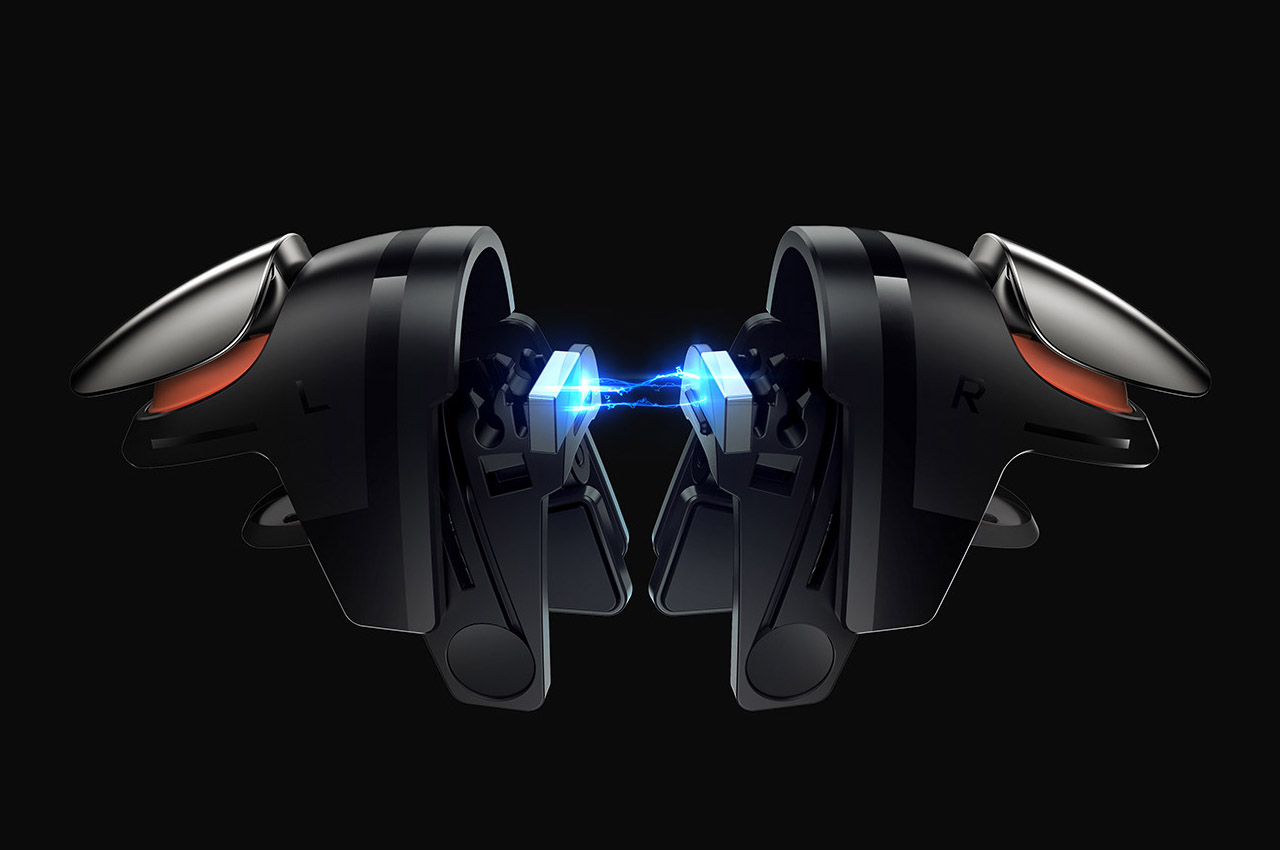
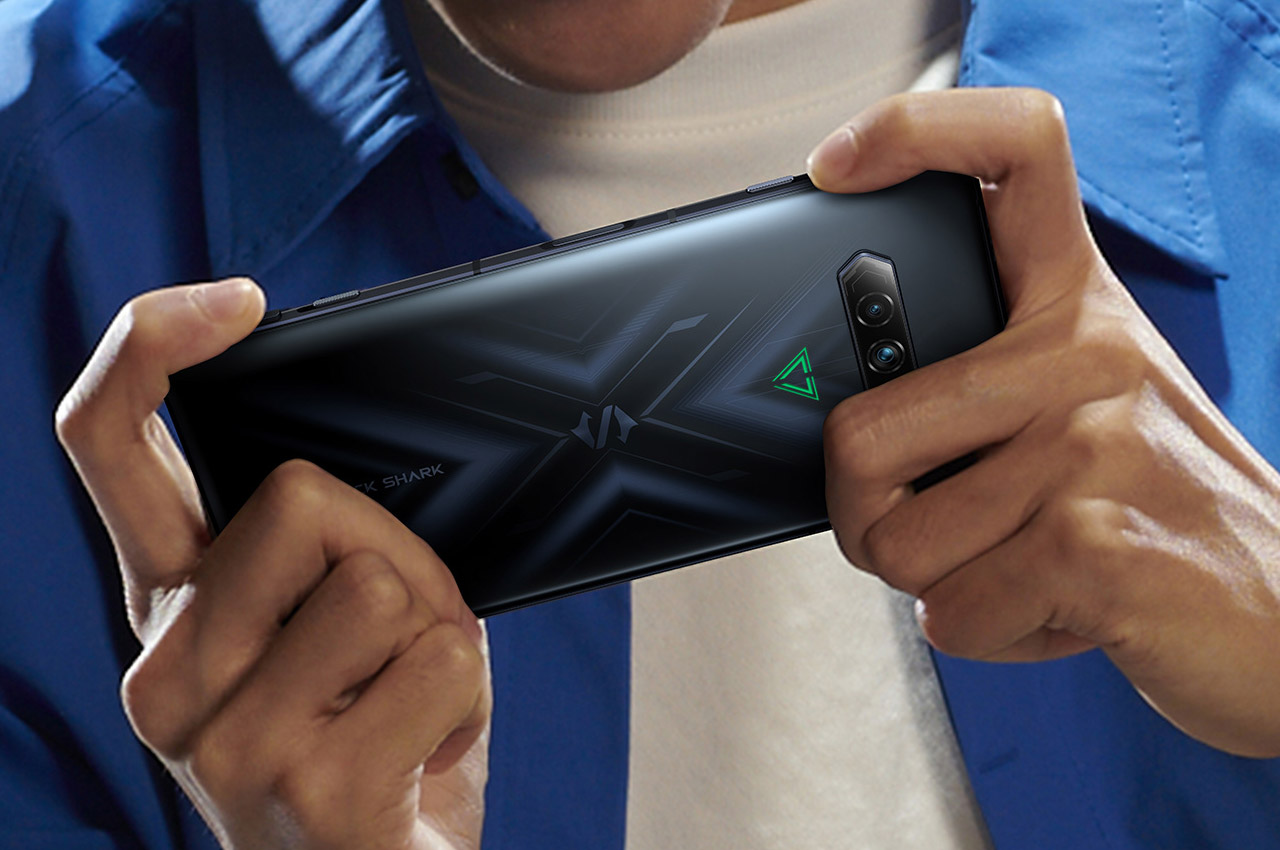

:no_upscale()/cdn.vox-cdn.com/uploads/chorus_asset/file/23420161/wizards.JPG)
:no_upscale()/cdn.vox-cdn.com/uploads/chorus_asset/file/23420163/_MG_3962.jpg)
:no_upscale()/cdn.vox-cdn.com/uploads/chorus_asset/file/23420164/_MG_3967.jpg)
:no_upscale()/cdn.vox-cdn.com/uploads/chorus_asset/file/23420165/_MG_3951.jpg)
:no_upscale()/cdn.vox-cdn.com/uploads/chorus_asset/file/23420166/_MG_3958.jpg)




